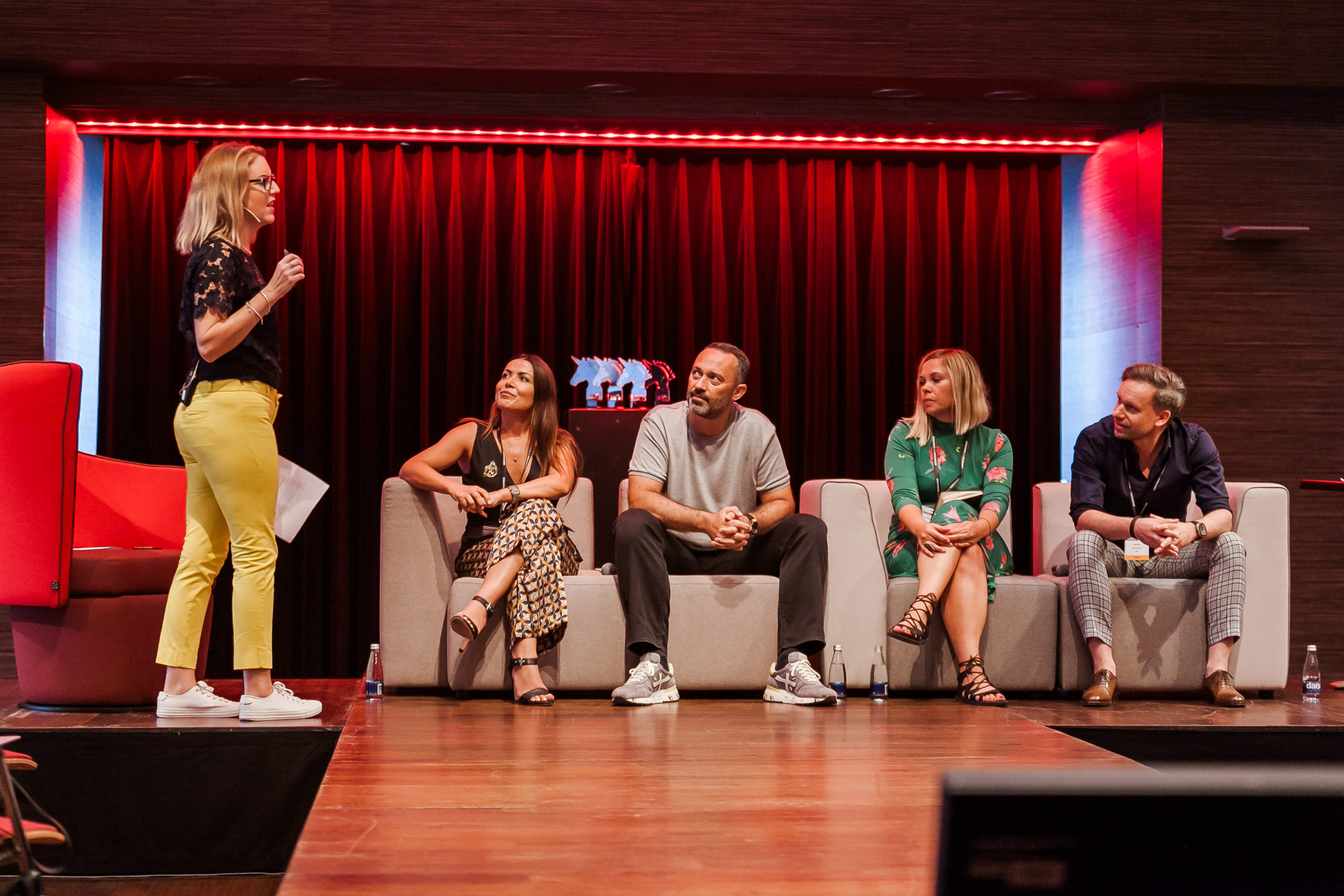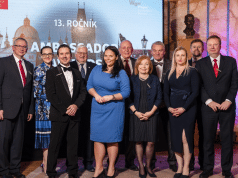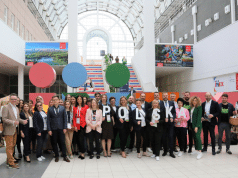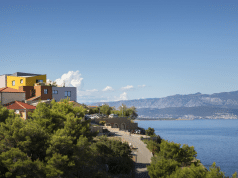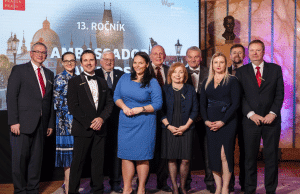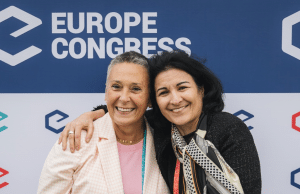DEFINITION
The genuine human need for meeting and getting together is at the heart of event organising. For this reason, the objectives of events are closely connected to participant satisfaction. We exist because of participants, and we must know how to measure their satisfaction. This largely depends on the chemistry between event organisers and participants. Because participant satisfaction is specific, we have dedicated an entire chapter to it.
THE STARTING POINT
When event organising brings you happiness, unique energy is born with it. We are like performers in theatres, and we cannot fake our hugs, kisses or meetings. Similar to acting, event organising has to be felt, understood and lived. Time and time again, we search for on-stage chemistry. Participants can feel this, as they are attracted by the scent of events and their surroundings and united by human closeness. Brave and authentic stories always win. A full-breed event organiser speaks with their soul and body and leaves their heart on the stage. In other words, event organising is similar to love at first sight. Because it is as complex as it is, it is, in a way, daring of us to define and play with such emotions. In this chapter, we will delve into how this works in practice.
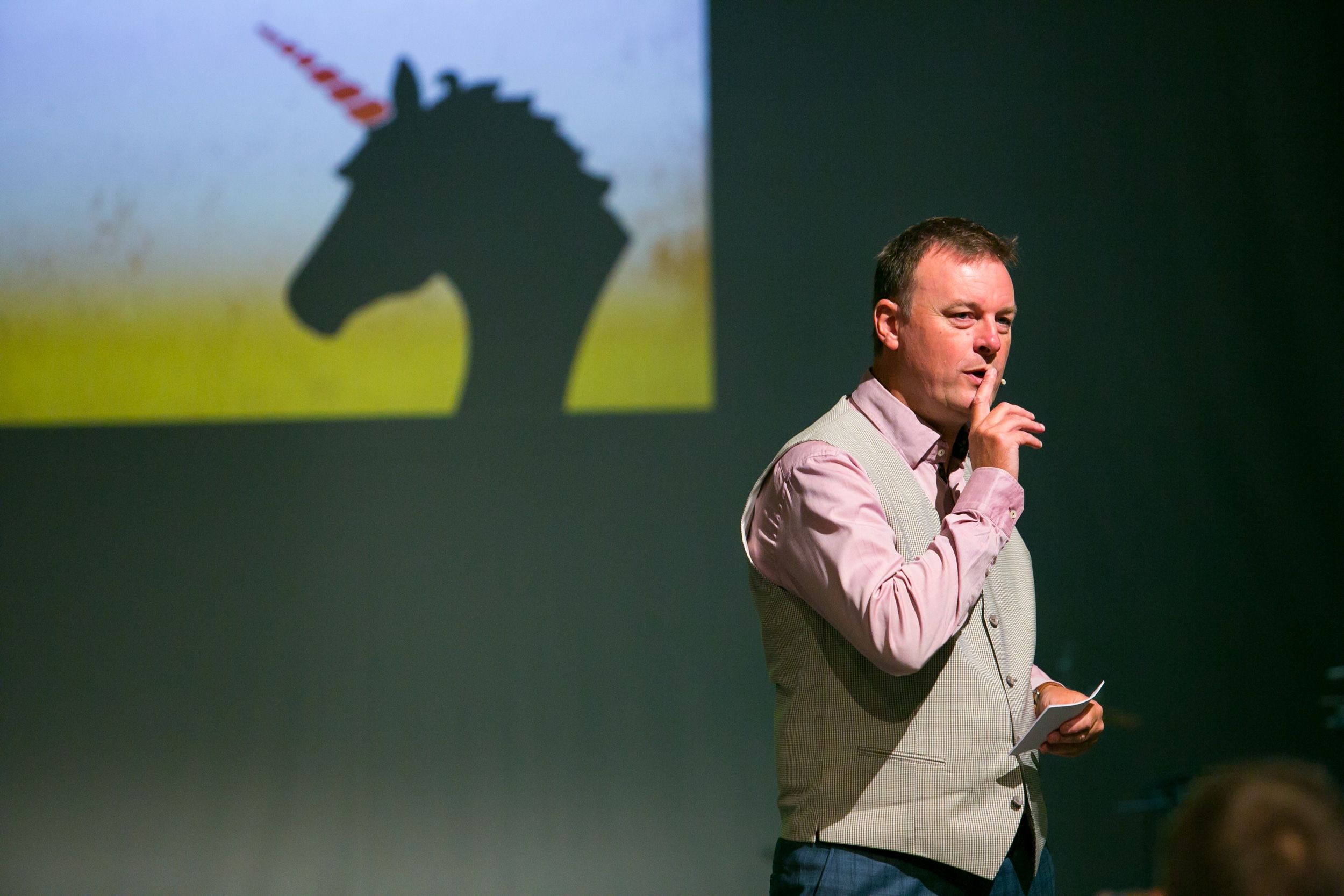
THE CONCEPT
The satisfaction and happiness of participants or clients are crucial to event organisers. It radically influences the success and contributes to the final ROI, which we discuss in detail in chapter 13. The task of event organisers is primarily to notice and understand the needs of participants and clients, who are becoming more and more demanding. Measuring happiness is subjective and differs from calculated and rational added value. We cannot measure it precisely, as it is defined primarily by psychological and emotional feelings and trust.
In practice, brilliant technical quality can be depreciated by the inadequate functional quality of an event or vice versa. Creating happiness and satisfying participants is a never-ending process. In this regard, event organising is similar to professional sport. Luckily, though, event participants show their luck at the event itself. The applause, gratitude from participants and other forms of feedback are instant. Albeit, it is smart to complement the responses with a survey at the event. In our experience, the results of such surveys are more relevant compared to surveys conducted after the event. The technical part of an event impacts the after-event experience.
There are no shortcuts that I am aware of in this field, except for hard work and persistence. Only in combination with the exchange of valuable knowledge, cooperation and cohesion can we see our objectives come to fruition. If an organiser is good at event chemistry, then, when we add participants, miracles can happen.
TIPS AND TOOLS
Events are primarily focused on experience quality. Therefore, understanding the emotional dimension is just as important as understanding its rational counterpart. An event exists only when it is made for participants. When participants perceive events as inspiring, educational, creative or provocative, the result will be pleased and happy participants.
The question of how to measure satisfaction at events arises. When trying to evaluate this, we use a slightly adapted SERVQUAL model (Parasuraman, Zethalm, Berry). The model is based on a simple comparison of expectations and impressions of participants. We use the model as a survey, which we conduct every year at our annual B2B conference Conventa. The results are then compared to trends and expressed as the difference between expectations and impressions. The advantage of the SERVQUAL model is its practicality and versatility when evaluating the quality of various activities. The evaluation revolves around the five-step Likert scale (1 strongly disagree/2 disagree/3 neither agree nor disagree/4 agree/5 strongly agree).
The evaluation includes six stages:
1. TANGIBLES
1.1. Event website(s) is user-friendly
1.2. Event website(s) are regularly updated
1.3. Social media pages and profiles of an event are frequently updated
1.4. The event registration process is simple
1.5. The price policy of an event is clear
2. RELIABILITY
2.1. Respecting the deadline
2.2. Prompt replies to participants
2.3. Genuine interest in solving participants’ problems
2.4. Participants are given correct and exact information
2.5. Guidance and help are available to participants throughout all event platforms
3. RESPONSIVENESS
3.1. All event information is easily accessible
3.2. The organisers reply within 24 hours
3.3. The organisers are always prepared to help participants
3.4. Communication with participants is cordial and effective
3.5. The organisers are available to answer participants’ calls
4. ASSURANCE
4.1. Participants can trust the organisers
4.2. The organisers are always polite to participants
4.3. The organisers have the necessary knowledge and experience in organising
4.4. Online payments are trustworthy
4.5. Event recommendations are positive
5. EMPATHY
5.1. The organisers know and understand the needs of participants well
5.2. The employees are professional
5.3. The interests of participants come first
5.4. The organisers adapt to the more demanding needs of participants
5.5. Working hours are adapted to the schedule of participants
6. EVENT
6.1. Quality of the venue and set-up of the event
6.2. Quality of content
6.3. Quality of speakers
6.4. Quality of catering
6.5. Quality of networking

The process of conducting surveys is divided into two parts. Firstly, the expectations and secondly, the experience of the event. The gaps between both parts are occupied by the differences between the participants’ expectations and their actual experience of the event.
Based on our experience, the most common types of discrepancies that occur within event organising are:
1. Participant expectations are not coordinated with the organiser’s expectations.
2. The event standards are not in line with the participants’ expectations.
3. Event communication expectations are not on the same level as the event’s.
4. The standard of event execution is much lower than the actual execution.
5. The most classic problem is the difference between the expected and given service.
The results of surveys represent a basis for setting the standards of an event. Expectations are often much higher than the actual quality of an event. However, the methodology allows us to identify and resolve the main problems.
RECOMMENDATIONS
Opposites attract. Events are almost always multi-layered and multisensory. Consequently, finding happiness and satisfying participants is a complex process. Oftentimes, luck at events occurs accidentally, abruptly and unexpectedly. It is exactly because of the unpredictability that it is worth finding it. More importantly, we must approach and assume the function of a participant with the right amount of empathy. In regard to this, teams that have a diverse age structure and accordingly team members with different expectations, have a major advantage.
Among the various methods of creating events, we have created a relatively simple matrix, which we use for creating surprises. The matrix is named the “10 wows”. It is a clever way of channelling the creative process into finding original solutions. Thus, the method creates the appropriate conditions and requirements for events that host happy participants. Although we cannot create happiness by force, we can increase our odds of creating it at the event.
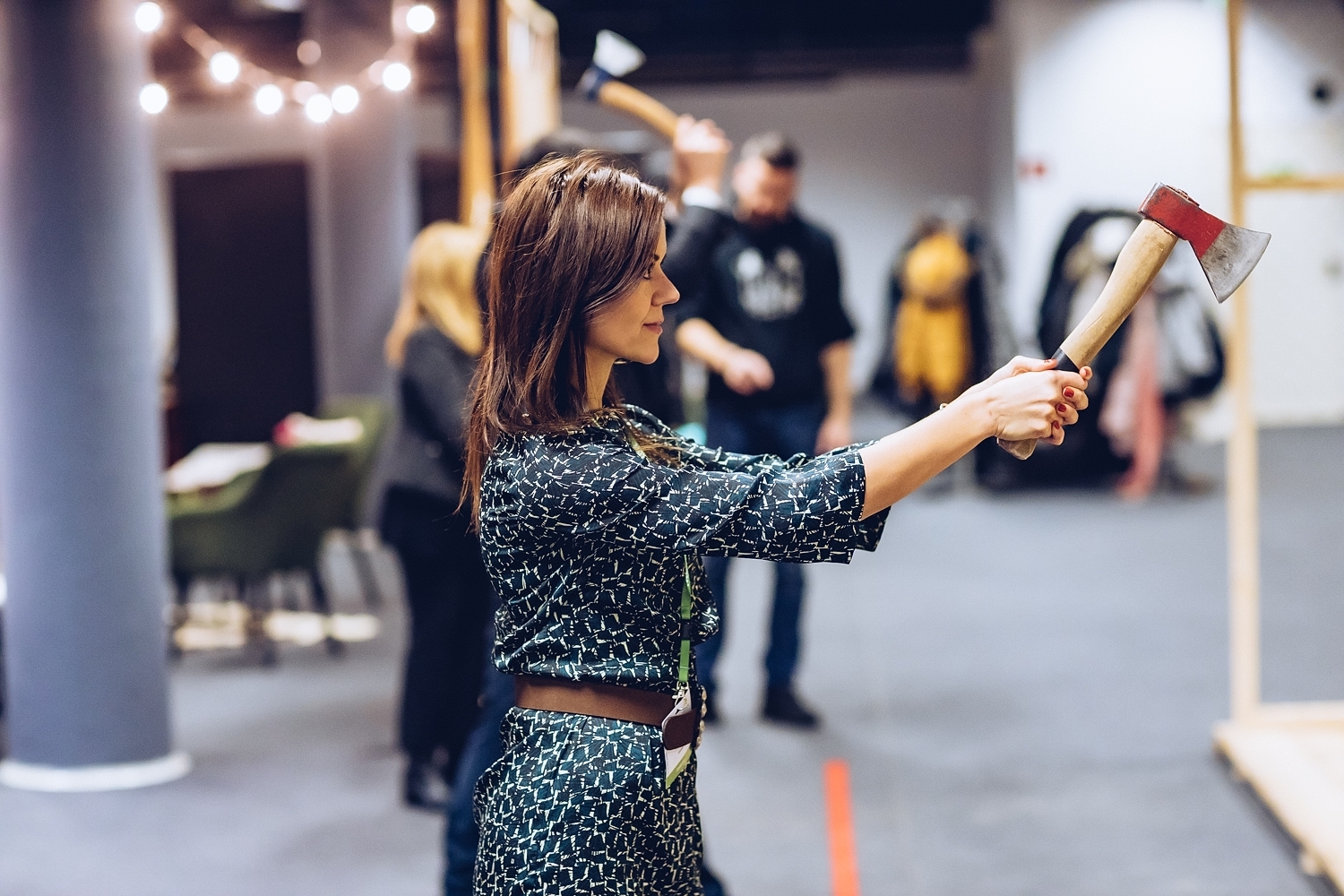
INSPIRATION
Conventa radiates special energy
We cannot go past Conventa, which has been our laboratory and where we have been testing everything in practice for thirteen years. From the years of organising Conventa, we have a rich archive of photos, which appear as a testament to our goal—happy participants in almost every photograph.
How we do this in practice is presented in detail in case study examples.
The steps we take to create satisfaction with Conventa differ, as some are very simple, whereas others are strategically thought out. Healthy relations with our partners are at the forefront because we deem them extremely important. What is more, partners are directly involved in important decisions. These include solidifying various strategic partnerships, building informal networks and cooperating with key partners in New Europe.
With targeting surveys conducted among hosted buyers and exhibitors, we regularly check the satisfaction and happiness of key stakeholders. The SERVQUAL method is our choice for conducting surveys, as we have been continuously using it since 2009. Through the years, these surveys have become a credible and valuable source of information. They help us improve the project quality. Moreover, the method allows us to follow trends over a long period without needing to change any of the criteria.
In our experience, the satisfaction of Conventa’s participants is influenced by several factors. The most important factor is that the tradeshow is perceived as a unique networking event. Namely, if we look at statistics of the “one2one” meeting system, we can see that around 2800 to 3200 meetings take place, as well as numerous informal meetings. This is one of the key factors of participants’ satisfaction.
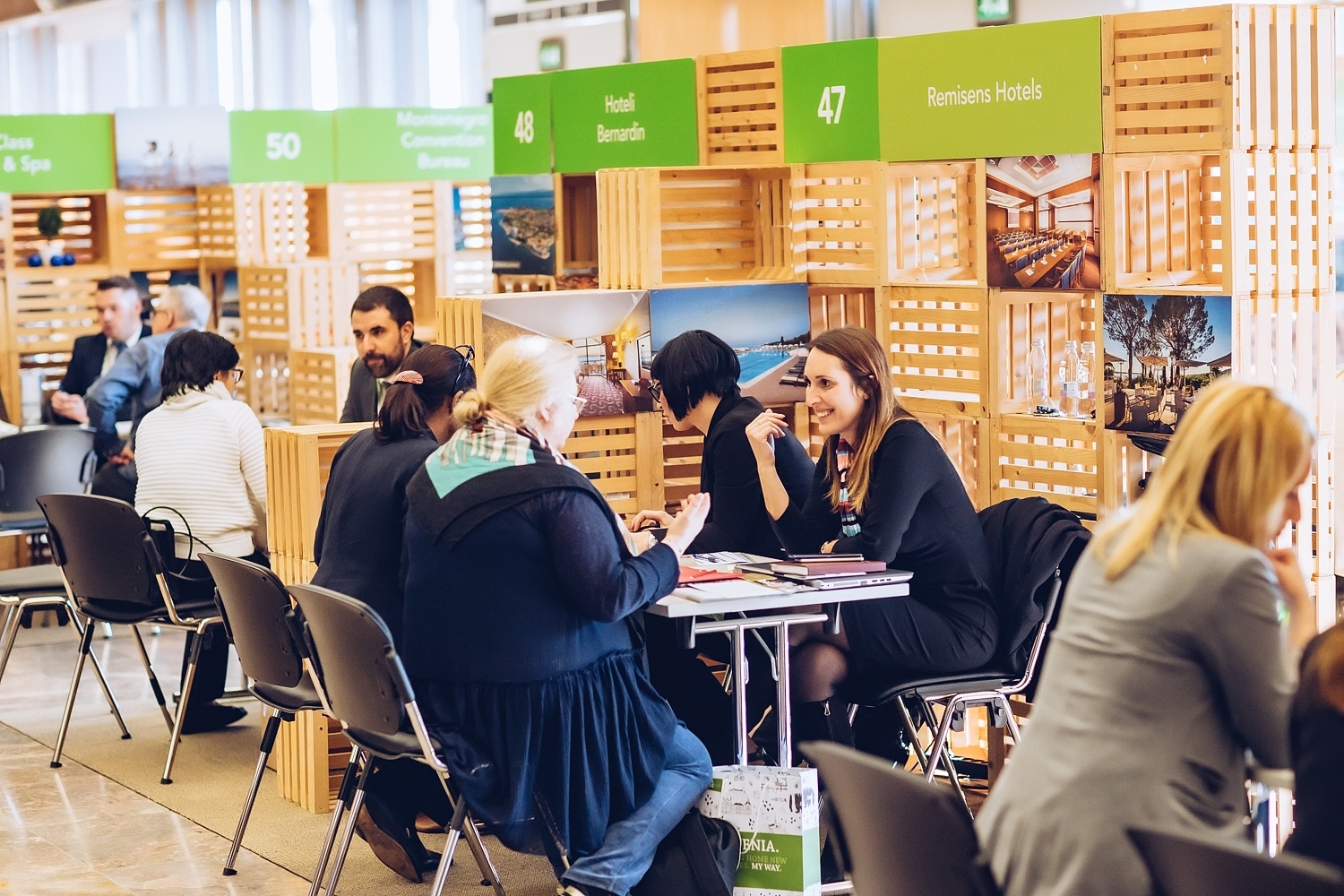
The preparation time before the event is dedicated to overseeing the quality. We ensure quality by conducting personal meetings with providers and surveying all key stakeholders. Following the project, we also organise personal meetings with around half of all exhibitors. Such meetings are primarily organised to improve the quality of the project.
Conventa is a clearly set and strategically thought-out story, bringing us tangible and measurable results. It is all about quality, not quantity. Even though the number of hosted buyers at Conventa practically does not change, the tradeshow hosts 90% of new hosted buyers each year, who all have to meet our stringent requirements to participate.
Verified satisfaction: 91.9 per cent of exhibitors agree that the effects of Conventa exceed the price of attending and a whopping 95.4 per cent believe their investment fully or at least partly paid off.
